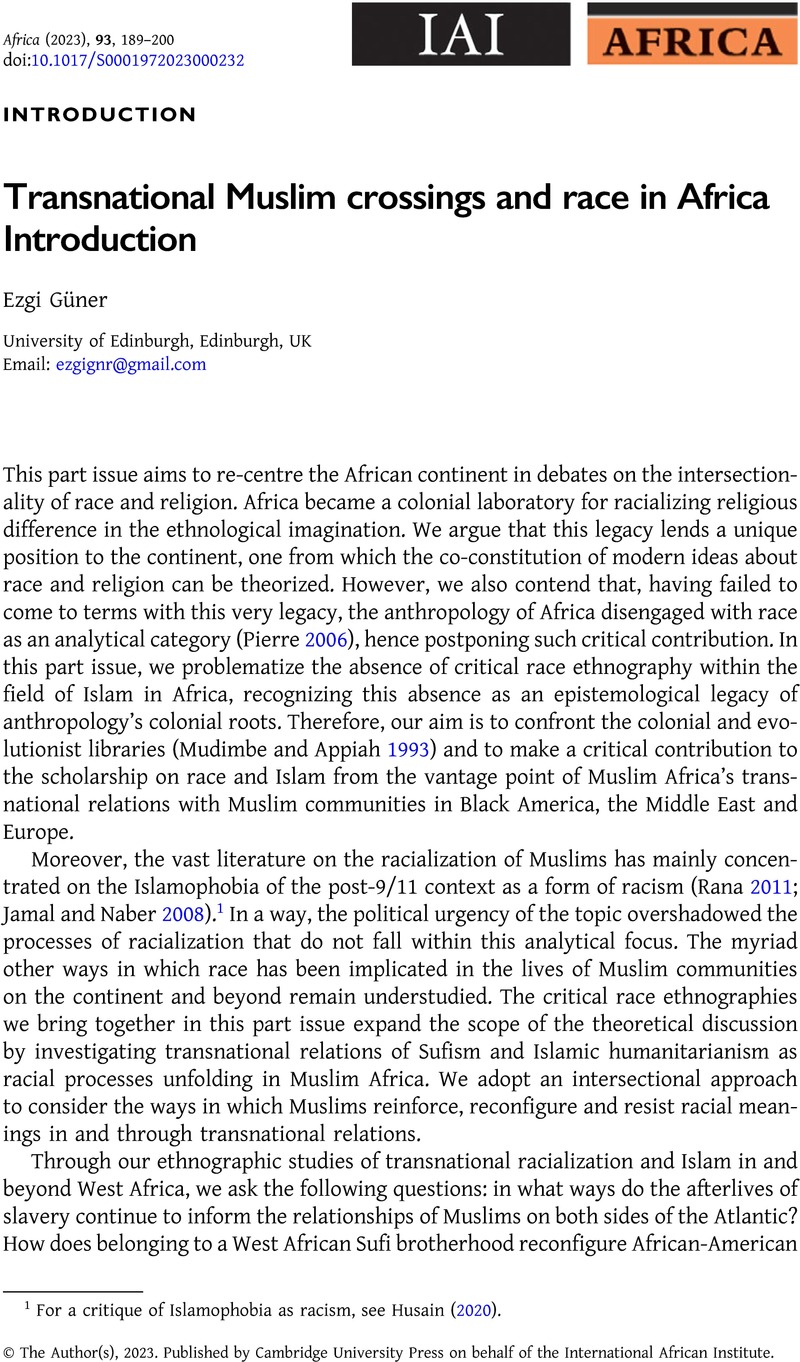Crossref Citations
This article has been cited by the following publications. This list is generated based on data provided by Crossref.
Rahman, Samiha
2025.
A Liberatory Geography of Educational Possibility: Black Internationalism and Islamic Educational Spaces in Senegal.
Anthropology & Education Quarterly,




